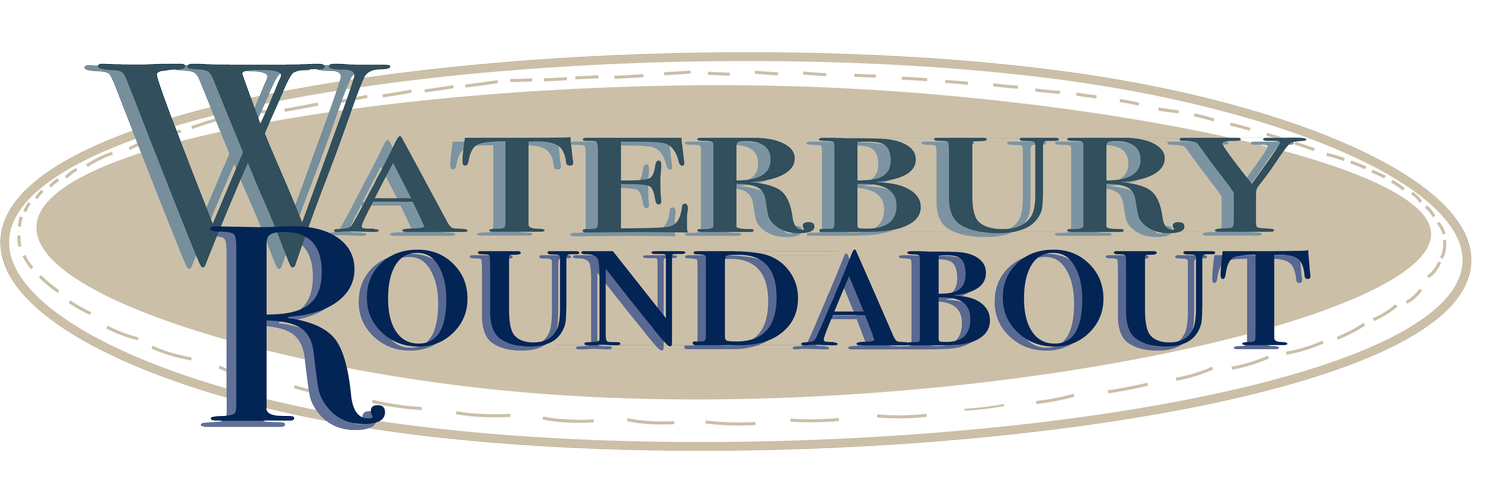Survey: Mental health challenges persist for Vt. students
December 2, 2024 | By Lisa Scagliotti Vermont adolescents and teens are reporting less risky behavior when it comes to drug, alcohol and tobacco use while many young people say they are grappling with mental health challenges such as stress, anxiety and depression.
Those are two key findings from the most recent statewide survey of Vermont middle and high school students by the Vermont Department of Health. The biennial Vermont Youth Risk Behavior Survey measures a variety of health risks and behaviors among Vermont young people. The released findings are from the survey completed in 2023.
The survey shows that a third of Vermont high school students struggle with poor mental health while just over 50% of students feel like they matter to their community. The survey also found students in 2023 reporting self-harm and making suicide plans at the same rates as during the COVID-19 pandemic. This is especially a concern for female and LGBTQ+ students, who report poor mental health and self-harm at significantly higher rates than their peers.
“In line with national trends, we are seeing young people in Vermont grappling with persistent feelings of hopelessness and isolation in a much more pronounced way than was the case among the same age groups 10 years ago,” said Vermont Health Department Deputy Commissioner Kelly Dougherty regarding the findings. “We have a responsibility as adults to believe what these students are telling us about how they feel and to treat this growing crisis with the urgency it deserves.”
For the first time in 2023, students were asked about social media use and how often they use apps such as Instagram, TikTok, Snapchat and X. The survey found that 80% of high school students and 60% of middle school students check social media at least several times a day.
The high school survey has been done every other year since 1993 with the middle school survey added in 2011. The survey of Vermont high school and middle school students contains questions on a wide range of topics including sexual activity, drugs and alcohol, physical activity, nutrition, club and sport involvement, and post-graduation plans.
The survey data can help school and community organizations focus prevention efforts and determine whether school policies and community programs have the intended effect on student behaviors. A collaboration between the Vermont Health Department and Agency of Education, the survey is also administered across the United States, coordinated by the Centers for Disease Control and Prevention to monitor health-risk behaviors that contribute to the leading causes of death and disability among youth and young adults. They include behaviors that contribute to unintentional injuries, violence and personal safety, sexual behaviors related to unintended pregnancy and sexually transmitted infections, alcohol, tobacco and other drug use, as well as behaviors related to nutrition and physical activity.
Some of the high school data highlights from the report are:
22% of high school students report using marijuana, a drop from 24% a decade ago.
The proportion of high school students who believe their parents would think it’s wrong for them to use marijuana has significantly decreased in the last decade: from 82% in 2013 to 75% in 2023.
16% of high school students report using e-cigarettes, down from a peak of 26% in 2019.
28% of high school students are sexually active, an increase from 2021 and condom use has significantly decreased among sexually active students over the last decade (62% in 2013 compared with 49% in 2023).
56% of BIPOC (Black, Indigenous and people of color) students say they are treated unfairly at school because of their race or ethnicity compared to 14% of white, non-Hispanic students. Almost four in 10 high school students report they are trying to lose weight.
According to the Health Department, the high school survey had 110 questions and 57 of the 60 invited high schools participated. Some 15,606 students in grades 9-12 completed the survey, which reflects a 66% overall high school response rate.
For the 75-question middle school survey, 106 of the 110 eligible middle schools participated with 12,367 students in grades 6–8 completing the survey, the Health Department reported. The overall middle school response rate was 79%.
Some of the middle school survey finding highlights:
When asked about their mental health over the previous 30 days, 25% of middle school students said that their mental health was not good most of the time or always.
Middle schoolers seriously thinking about suicide statistically increased from 17% in 2013 to 20%; making a suicide plan statistically increased from 11% in 2013 to 15%; and making a suicide attempt statistically increased from 5% in 2013 to 7%.
Nearly half of all middle school students (47%) report being bullied on school property; one in three (30%) have been electronically bullied. More than a quarter of middle school students (27%) surveyed said they had been bullied within the previous 30 days.
40% of middle school students said they have been in a physical fight including just over half (51%) of male students and 48% of BIPOC students.
About one in 15 middle school students (6%) said they used an electronic vapor product in the past 30 days, up from 3% in 2015 and 5% in 2021. About one in 25 students (4%) reported using marijuana in the past 30 days, up from 3% in 2021. Meanwhile, 5% said they drank alcohol in the past 30 days, down from 7% in 2021.
Public health officials encourage parents and guardians to talk with students about drug and alcohol use and mental health. Advice on starting these conversations can be found at
ParentUpvt.org. The national 988 Lifeline is available via call, text or chat 24 hours a day to support those struggling with mental health challenges, including via mobile crisis response units.
Resources and information related to adolescent sexual health are available at
HealthVermont.gov/topic/teens-and-sex.
The complete Youth Risk Behavior Survey report with highlight summaries, survey questions, etc. is online at HealthVermont.gov/yrbs.
